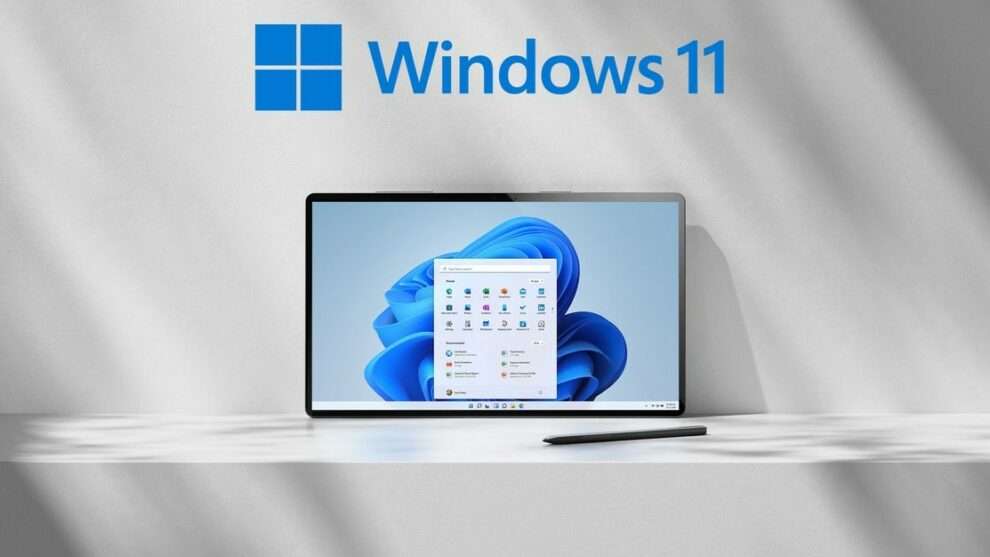Microsoft’s February Patch Tuesday update was supposed to be a routine fix for Windows 11 users, addressing critical security vulnerabilities and resolving long-standing bugs. Instead, it has turned into yet another chapter in the ongoing saga of Windows 11’s rocky performance. While the update brought some much-needed improvements, it also unleashed a wave of fresh issues, leaving users frustrated and searching for solutions.
The update, labeled KB5051987, rolled out automatically on February 11. On paper, it seemed promising. It patched several security flaws, including some deemed critical, and resolved problems affecting digital audio converters, USB audio drivers, USB cameras, and passkeys. However, beneath the surface of these fixes lay new complications that have disrupted workflows and tested the patience of Windows 11 users worldwide.
File Explorer Meltdown
One of the most glaring issues reported by users involves File Explorer, a cornerstone of the Windows operating system. After installing KB5051987, many users found themselves unable to open key folders such as Desktop, Documents, or Pictures. In other cases, File Explorer simply refused to launch, whether accessed through desktop shortcuts or Windows Search. Even attempts to expand folder trees in the left-hand sidebar often resulted in no response, leaving users stuck and confused.
What makes this issue particularly perplexing is that the explorer.exe process continues to run in Task Manager, suggesting that File Explorer hasn’t crashed or frozen entirely. Initially, some speculated that third-party tools might be causing conflicts. However, reports indicate that the problem occurs even on clean systems without any customizations or external software interference. This points to a deeper flaw within the update itself, further complicating efforts to troubleshoot.
Installation Nightmares
For some users, the headaches began before they could even apply the update. Reports have surfaced of installations stalling at 96%, triggering error messages about failed processes. Others encountered notifications stating that KB5051987 couldn’t be installed due to missing or corrupted update files. Particularly troubling are accounts from users with MSI-based systems, who claim the installation gets stuck at 0% for hours on end.
To address these installation woes, tech experts recommend clearing the SoftwareDistribution folder, where Windows stores its update files. Located under C:\Windows, this folder can sometimes accumulate problematic data that interferes with updates. Deleting its contents forces Windows to re-download the necessary files, potentially resolving the issue. Alternatively, users can opt to wait—sometimes for hours or overnight—to see if the installation completes on its own. Neither solution is ideal, especially for those relying on their computers for work or personal tasks.
A Cascade of Glitches
Beyond File Explorer and installation troubles, the February update has introduced a host of other quirks. Some users have reported a stuttering mouse cursor, making navigation feel sluggish and unresponsive. Others have discovered that their cameras no longer function correctly after applying the patch. Developers working with .NET applications inside the Windows Sandbox environment face additional hurdles, as these apps now fail to install altogether.
Even seemingly minor features like the Taskbar’s new preview animation have been affected, failing to display properly in certain scenarios. Meanwhile, one user shared a concerning observation in the Windows Feedback Hub: after installing the update, their device’s battery life plummeted from six hours to just two and a half. Another noted that clipboard history no longer captures items copied from Microsoft Word, disrupting productivity for those who rely on this feature.
While not every user experiences all—or even any—of these issues, the sheer variety of complaints underscores the widespread impact of the update. For instance, while some have encountered severe disruptions, others, like contributor Lance Whitney, report only minor annoyances. Whitney noted that his desktop now takes significantly longer to load after logging in, and he occasionally faces random glitches, such as context menus failing to appear when right-clicking files or folders. A simple reboot usually resolves these hiccups, but the inconsistency adds to the frustration.
A Pattern of Problems
This isn’t the first time Windows 11 has faced criticism for its instability. Since the release of version 24H2 in October 2024, the operating system has been plagued by a series of known issues, many of which remain unresolved. The February Patch Tuesday update was intended to alleviate some of these concerns, but instead, it highlights a recurring pattern: each attempt to fix existing problems seems to introduce new ones.
As Microsoft approaches the October 2025 deadline for ending support for Windows 10, the pressure is mounting to deliver a stable and reliable successor. With millions of users expected to transition to Windows 11 in the coming months, the company must prioritize ironing out these persistent bugs. Failure to do so risks alienating both casual users and enterprise clients, potentially tarnishing its reputation as a leader in operating systems.
What Can Users Do?
For now, affected users have limited options. Those struggling with File Explorer issues can try restarting their devices or performing a system restore to revert to a pre-update state. Clearing temporary files and ensuring sufficient disk space may also help mitigate installation problems. Additionally, keeping an eye on Microsoft’s official support channels and forums can provide insights into emerging fixes or workarounds.
Ultimately, the responsibility lies with Microsoft to address these challenges swiftly and comprehensively. While updates are essential for maintaining security and functionality, they should not come at the cost of usability and reliability. As Windows 11 continues to evolve, users deserve an experience that lives up to the promise of innovation without compromising stability.
In the meantime, the February Patch Tuesday debacle serves as a reminder of the delicate balance between progress and practicality. For Windows 11 users, the hope is that Microsoft will learn from this latest misstep and deliver a smoother, more dependable experience moving forward. Until then, patience—and perhaps a backup plan—remains key.
















Add Comment